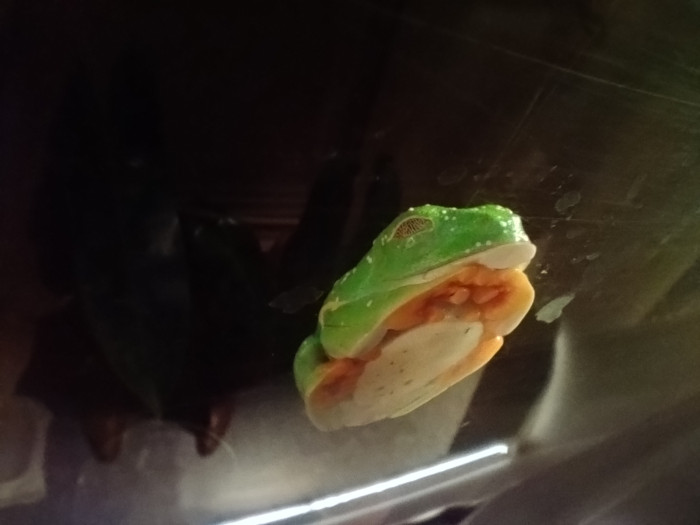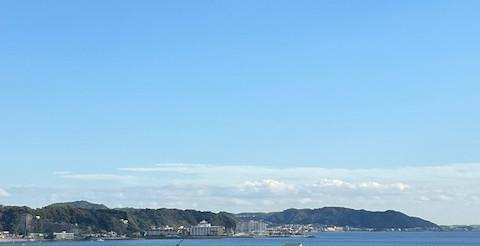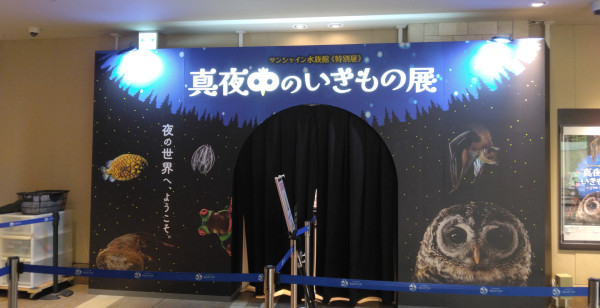毎年4月に開かれるダイビング・フェアに足を運んだ後、今年もサンシャイン水族館が企画している期間限定の特別展を拝観してきた。今年は「真夜中のいきもの展」である。暗すぎて動画にも写真にも納めることができない事態にも直面したので、ここでは一部を紹介させていただくことにする。
special exhibition planned by Sunshine Aquarium this year too. This year was "Exhibition of Midnight Creatures." As I faced with the situation where it was
too dark to capture in videos and photos, here I'll introduce some of them.
スライゴオオサンショウウオ
Sligo Giant Salamander
In fact, it is the world's largest amphibian, and was thought to be extinct. This
実は、絶滅したと考えられていた世界最大の両生類である。その事実が、京大などの研究グループによるDNA調査により判明した。ここでは、チュウゴクオオサンショウウオと勘違いされ、26年も飼育されてきた。
fact was revealed through DNA survey by research groups including Kyoto
University. The aquarium misunderstood it as "Chinese Giant Salamander", and has reared for 26 years.
During the day, it hides quietly in caves or the shade of rocks, becomes active
日中は洞穴や岩陰にじっと潜み、夜になると活動を始め、魚類、甲殻類、水生昆虫などを捕食する。巨大な口で、一瞬で獲物を丸呑みしてしまう。
at night, and feeds on fish, crustaceans, aquatic insects, etc. As it has the huge mouth, it swallows its prey whole in an instant.
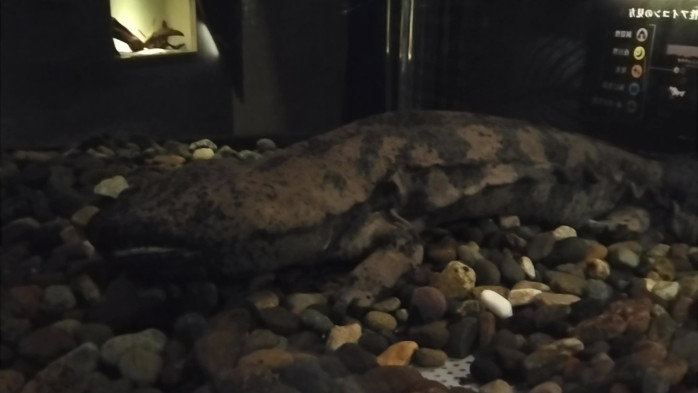
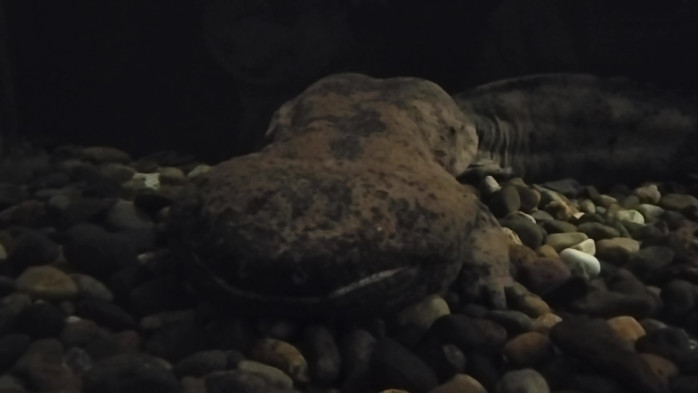
エジプトルーセットオオコウモリEgyptian Rousette
生息地域は、砂漠や内陸部を除いたアフリカ大陸の周辺部や、トルコ南部からイエメン南部までの中東に分布している。
Its habitat is the periphery of the African continent except for deserts and inland areas, and the Middle East from southern Turkey to southern Yemen.オオコウモリの中では体は小さい。オスの方が体が大きく寿命は8~10年ほどである。
It is small among flying foxes. Males are larger. Its lifespan is about 8 to 10
years.
このコウモリの仲間はオオコウモリの中では唯一、超音波を発して暗闇を飛行する”エコーロケーション”を使う。そのため、洞窟内でも自分の位置を把握できる。
This species is the only rousette that uses "echolocation" which emits ultrasonic waves to fly in the dark. This allows them to find their way even inside caves.
花の蜜や花粉も食すが、アンズ、イチジク、桃、リンゴ、バナナなどのフルーツも好むので、フルーツ・コウモリとも呼称されている。
They also eat nectar and pollen from flowers, but they also prefer fruits such as apricots, figs, peaches, apples, and bananas. It is why they are also known as
fruit bats.
バトラクスキャット
Batrachus Cat
夜行生物に焦点を当てた展示であるため、館内は照明を落としている。そのため、動画は黒い物体が同じ場所でうようよ動いているようにしか見えないが、実際はお腹が白い。そのお腹を地面に擦り付けながら行動することから、”歩くナマズ”との異名を持つ。
As the exhibit focused on nocturnal creatures, the lights were dim. So, a black object looked like swimming wiggly at the same place in my video. But in fact,
its belly is white. By moving with rubbing its belly against the ground, it has the nickname "walking catfish."
口の下と目の下にも太く長い髭が生えており、周囲を感知できる優れた感覚器官となっている。
As it has thick, long whiskers under his mouth and eyes, the whiskers functions as an excellent sensory organ that can detect the surroundings.大きく開口できるので、自分と同じサイズの魚も捕食できる。その際にはお腹が大きく膨れ、獲物が体内で蠢く様子が観察できるらしい。
As the mouth can open wide, it can even catch fish of the same size as itself. When it did so, the belly swells up. You can see the prey wriggling inside the
body at the time.
ブラインドケーブ・カラシンBlind Cave Characin
米国のテキサス州からメキシコやパナマにかけて観察できる。We can find it from Texas in the United States through Mexico to Panama.
地中湖や深い洞窟の奥を流れる川に生息しているため、完全に眼が退化している。面白いことに、卵の中では眼はあるが、孵化時には鱗に覆われており、やがて組織自体が体内に吸収されていく。しかし、嗅覚や赤い側線の発達により、障害物を避けたり餌を捕獲したりできる。
Because they live in the underground lakes and rivers flowing deep inside caves, their eyes have completely degenerated. Interestingly, although they
have eyes in the eggs, their eyes are covered by scales at the time of hatch,
and the tissue itself is eventually absorbed into the body. However, they can
avoid obstacles and capture prey by their developed sense of smell and red
lateral line.
眼の退化にはもう一つの理由がある、との研究がある。眼が見えると、脳の視覚関連の部位とで、約15%多くのエネルギーを消費することになるそうである。餌や酸素の少ない環境で生きているため、視覚を失うことでエネルギーの消費を抑えているのである。
Research suggests that there is another reason for the degeneration of their
eyes. If they could see, the visual-related parts of the brain consume about 15% more energy. Because they live in an environment with little food and oxygen,
losing their sight reduces energy consumption.
アカメアマガエルRed-eyed Tree Frog
どの展示でも基本的に館内は2周するのだが、このカエルは唯一、2周目に眺めても微動だにしていなかった。
I always walk around the museum twice at each exhibition. But this frog was the only one that didn't move an inch when I looked at it for the second time.中央アメリカからメキシコ、南アメリカ北部が生息区域で、熱帯雨林や二次林に住んでいる。昼は写真のような姿で葉と同化して眠っているが、夜になると昆虫や節足動物などを捕食する。
Its habitat stretches from Central America through Mexico to northern South America, and it lives in tropical rainforests and secondary forests. During the
day, it sleeps as if it were one of the leaves, as seen in the photo. However, at
night it preys on insects and arthropods.
生息域が急速に減少しているため、熱帯雨林の保護を喚起するキャラクターに起用されることが多いそうである。
As its habitat is rapidly declining, it is often chosen as a character to promote
the protection of the rainforest.

